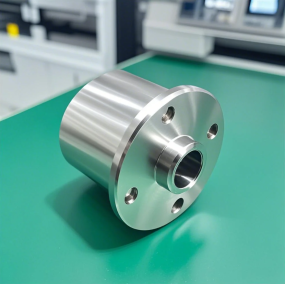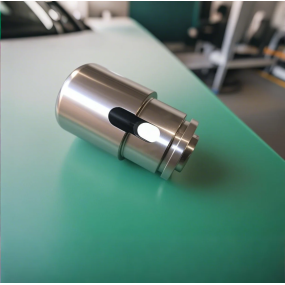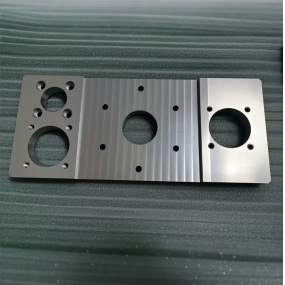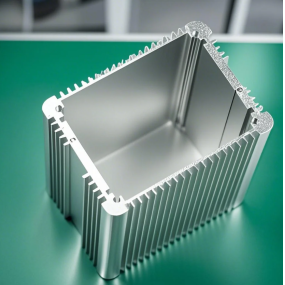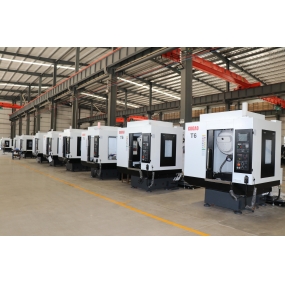Aviation CNC Machining, also known as computer numerical control precision machining, is a technology that uses computer-controlled machine tools to process aviation parts. It draws part drawings through CAD software and imports the data into the control system of the CNC machining machine. The control system performs digital quantization processing and then controls the motion trajectory of the machining machine through a computer to achieve precise machining objectives. Aircraft engine parts: Aircraft engines are one of the core components of aircraft, and the machining accuracy and performance of their parts directly affect the performance and safety of the entire aircraft. Precision CNC machining technology can achieve high-precision machining of engine parts, such as blades, bearings, and other key components. 2. Airframe structural components: Airframe structural components are the skeleton of an aircraft, bearing various complex loads. CNC machining technology can ensure that the size and shape of these structural components meet the design requirements to ensure the overall stability and safety of the aircraft. 3. Aviation electronic equipment components: With the continuous development of aviation electronic technology, the application of aviation electronic equipment in aircraft is becoming increasingly widespread. Precision CNC machining technology can achieve high-precision machining of aviation electronic equipment parts, such as circuit boards, connectors, and other components, ensuring their accuracy and reliability.
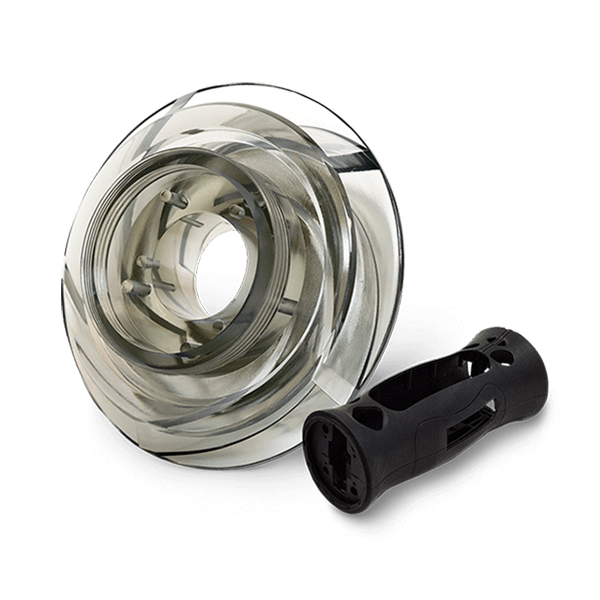


 Spanish
Spanish Arabic
Arabic French
French Portuguese
Portuguese Belarusian
Belarusian Japanese
Japanese Russian
Russian Malay
Malay Icelandic
Icelandic Bulgarian
Bulgarian Azerbaijani
Azerbaijani Estonian
Estonian Irish
Irish Polish
Polish Persian
Persian Boolean
Boolean Danish
Danish German
German Filipino
Filipino Finnish
Finnish Korean
Korean Dutch
Dutch Galician
Galician Catalan
Catalan Czech
Czech Croatian
Croatian Latin
Latin Latvian
Latvian Romanian
Romanian Maltese
Maltese Macedonian
Macedonian Norwegian
Norwegian Swedish
Swedish Serbian
Serbian Slovak
Slovak Slovenian
Slovenian Swahili
Swahili Thai
Thai Turkish
Turkish Welsh
Welsh Urdu
Urdu Ukrainian
Ukrainian Greek
Greek Hungarian
Hungarian Italian
Italian Yiddish
Yiddish Indonesian
Indonesian Vietnamese
Vietnamese Haitian Creole
Haitian Creole Spanish Basque
Spanish Basque

